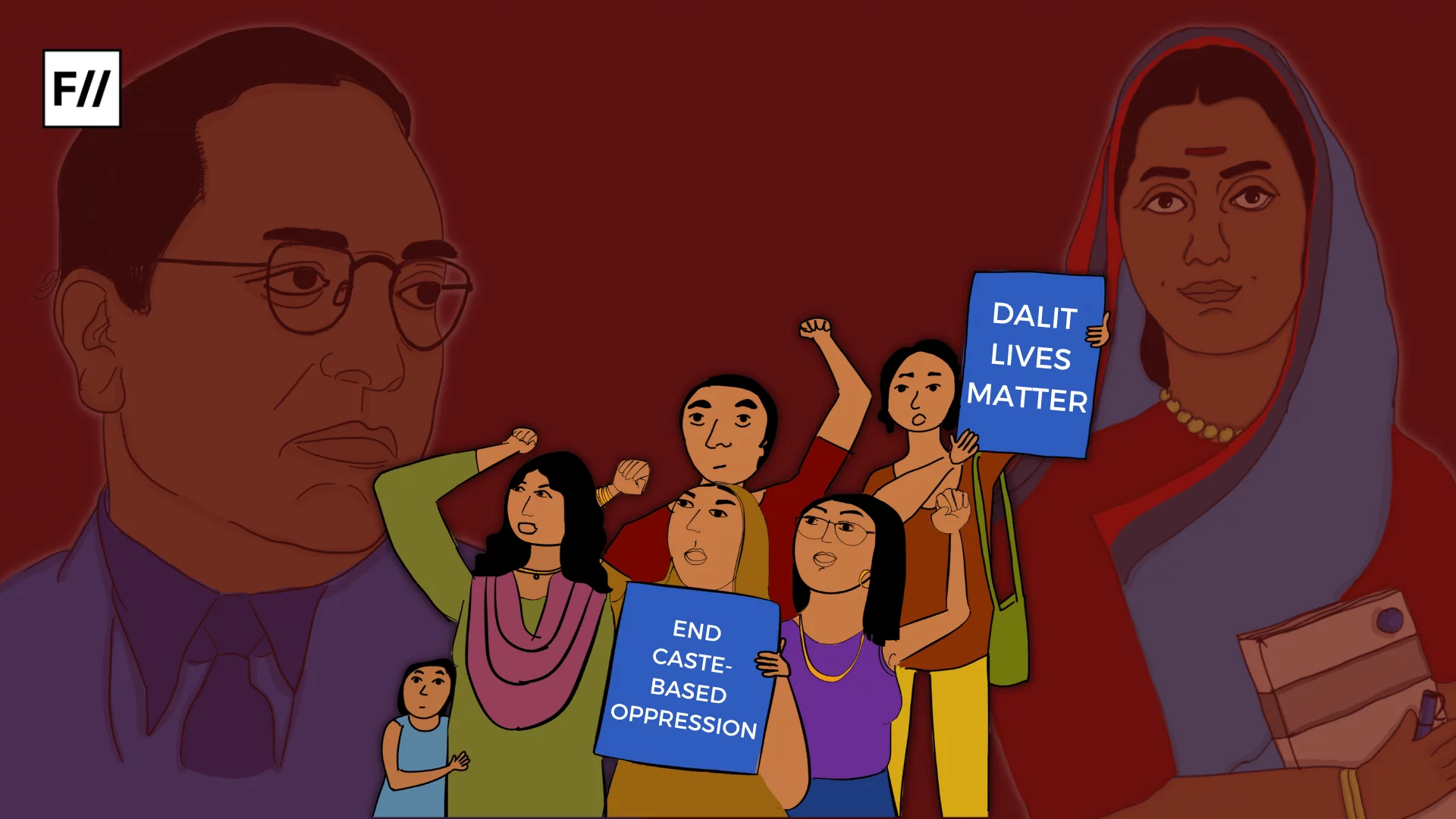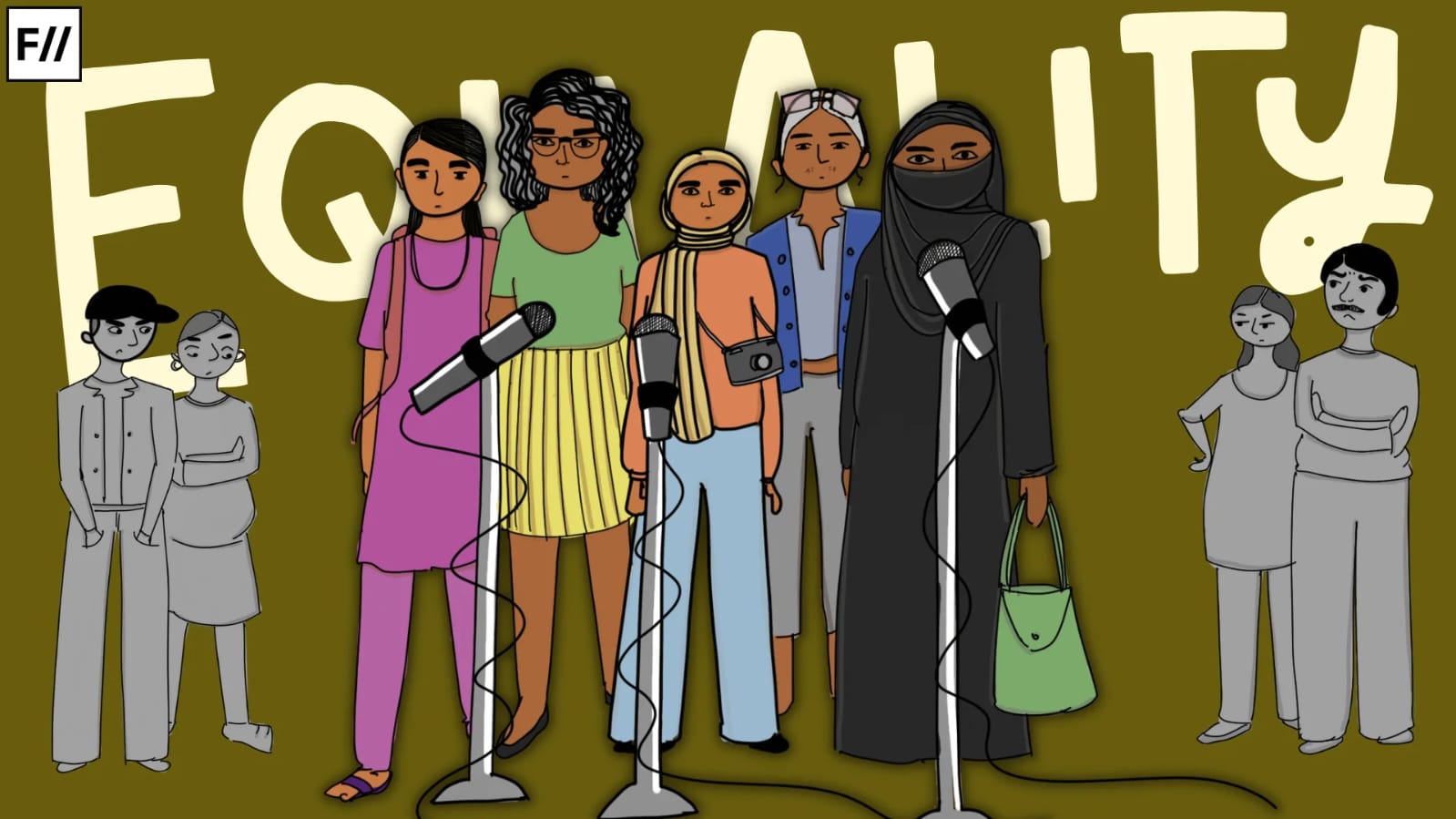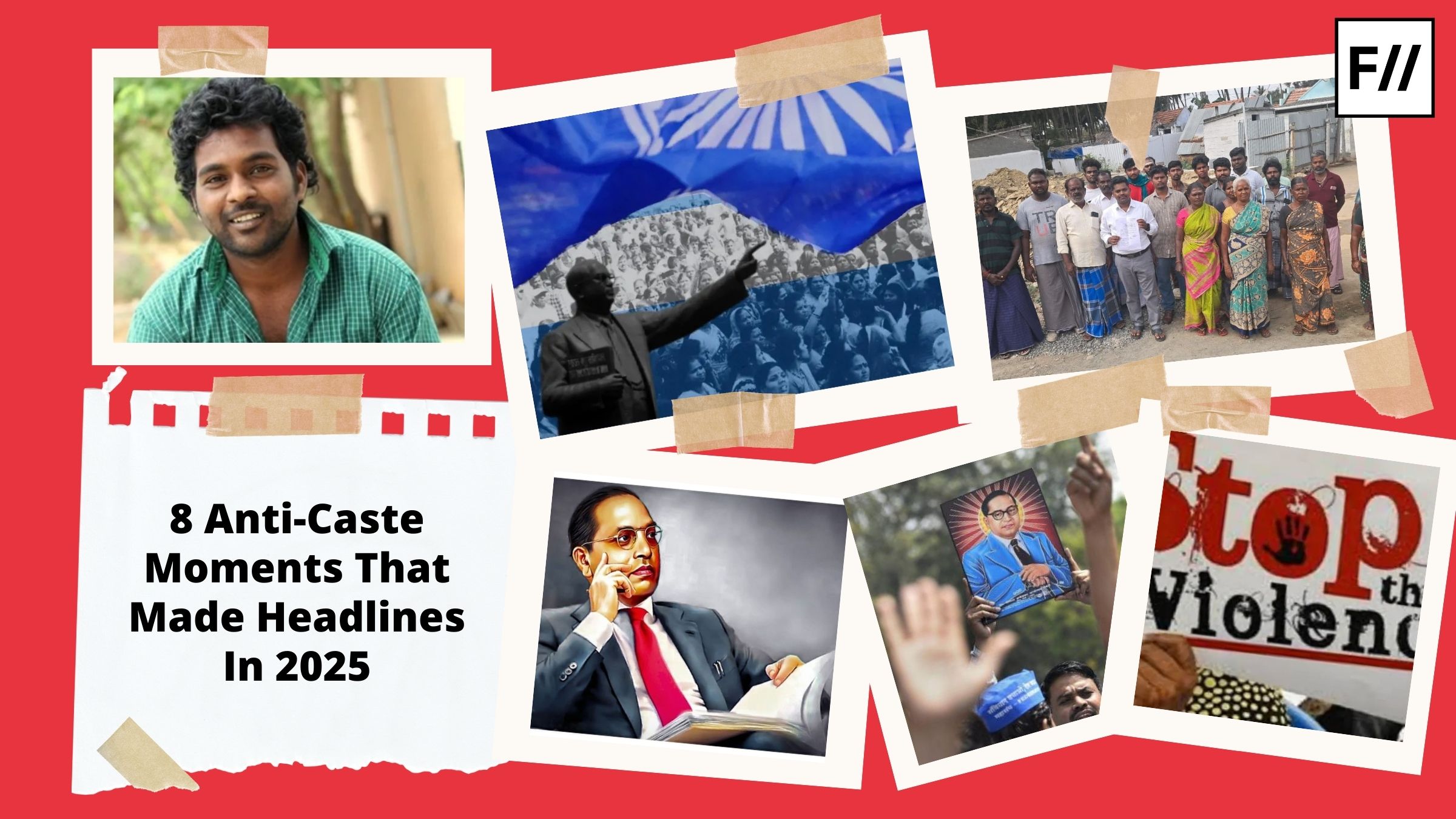‘For the last year, we have been hearing them, hoping this will all end. But now I can only see the end. There is no way out of it really. I cannot find a way out of it.’ These words were written by 26-year-old Dr. Payal Tadvi, a postgraduate medical student, just before she died by suicide in her hostel room. Tadvi was the first person from her tribal community to pursue higher education, but faced relentless caste-based harassment from seniors in a place where one would hope that excellence would overshadow one’s background.
Before we start calling ourselves a post-caste society, we need to face something we keep pushing away: the deaths that keep happening in our top colleges. Take Darshan Solanki. He was just 18, studying Chemical Engineering at IIT Bombay. A Dalit student, he died by suicide after spending a year feeling humiliated, isolated and subjected to systemic caste-based discrimination. What should’ve been a moment of celebration for his family, getting into IIT, turned into a moment of unbearable loss.
Systemic exclusion in academic spaces
For students from marginalised communities, getting into elite spaces doesn’t always mean progress. Sometimes, it leads to even deeper exclusion. During the 2023-24 academic year alone, more than ten students at IITs died by suicide. Among them were Anil Kumar and Ayush Ashna from IIT Delhi. But this is not a new pattern. In 2014, Aniket Ambhore, a Dalit student in his third year at IIT Bombay, also lost his life under similar circumstances. These incidents are not isolated. They point to a recurring crisis within institutions that pride themselves on being spaces of merit and progress. Caste-based discrimination has been allowed to persist in subtle and structural ways, often going unnoticed until a tragedy forces it into the open.
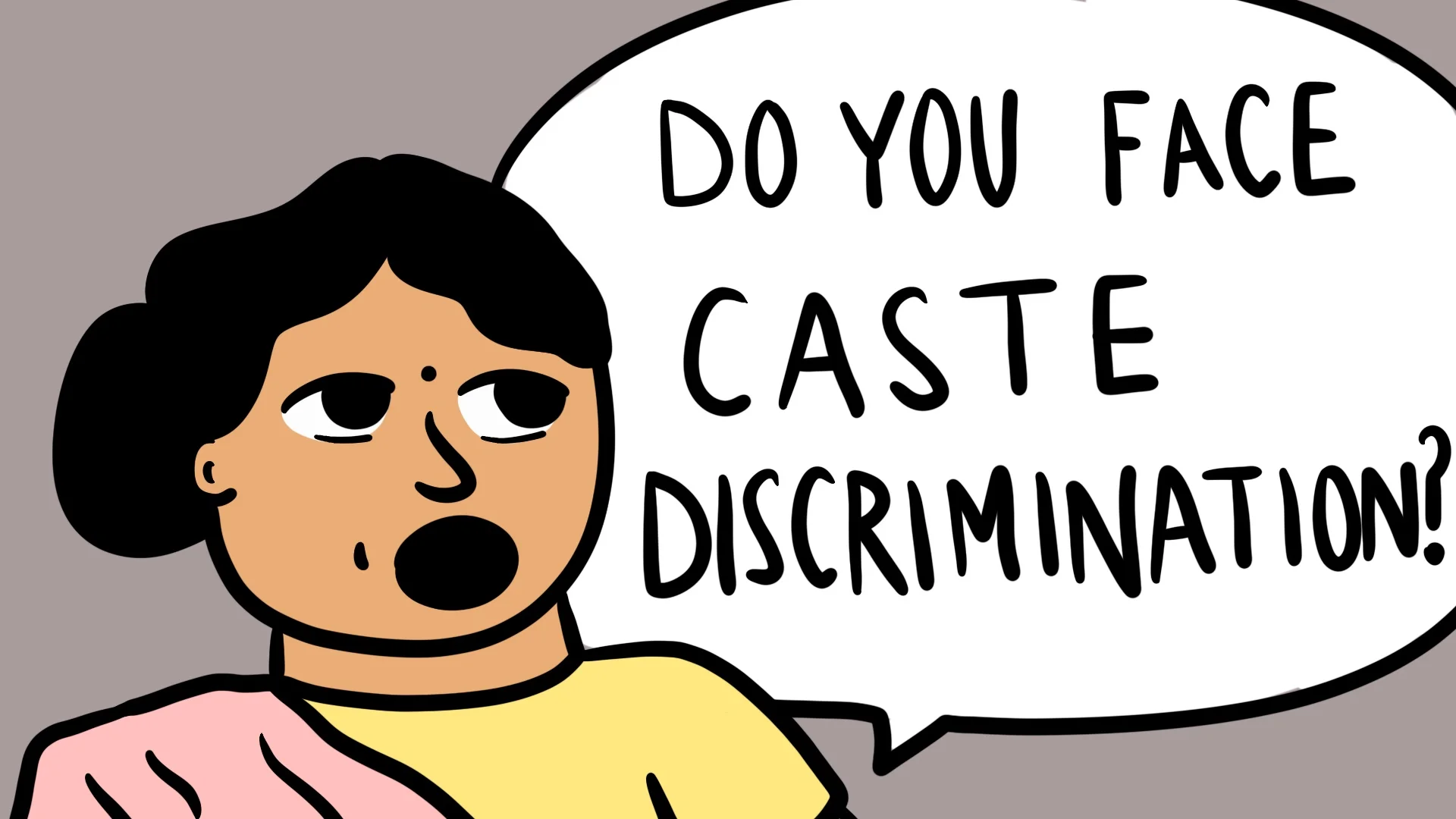
This dynamic echoes what Karl Marx described as the ‘Silent compulsion of economic relations’– the idea that structural systems can quietly shape individual behaviour without overt force. In the Indian context, this silent compulsion operates through caste hierarchies, often disguised as academic meritocracy. Students from Scheduled Caste (SC) and Scheduled Tribe (ST) backgrounds frequently enter these institutions after years of limited access to quality education and resources. Their experiences mirror those of the working class in capitalist societies — historically excluded, yet now expected to succeed in spaces never designed to support them.
This quiet pressure on SC/ST students in educational institutes becomes evident in how many administrators and upper-caste students view these institutions, as spaces they are naturally entitled to. For students from reserved categories, exclusion doesn’t end with graduation. They often continue to face subtle forms of bias in hiring and evaluation processes.
This quiet pressure on SC/ST students in educational institutes becomes evident in how many administrators and upper-caste students view these institutions as spaces they are naturally entitled to. For students from reserved categories, exclusion doesn’t end with graduation. They often continue to face subtle forms of bias in hiring and evaluation processes, which limit their social and professional mobility. Caste operates much like the market in capitalist systems: it reinforces inequality while appearing neutral. Over time, these academic spaces begin to reproduce the same hierarchies they claim to challenge, leaving marginalised students confined within institutions that were never truly built for them.
The Thorat Committee’s inquiry into caste-based discrimination at AIIMS Delhi exposed just how deeply embedded these biases are within academic spaces. It reported that 72 per cent of SC/ST students experienced classroom discrimination, while 85 per cent said they were treated unequally during examinations. Another 69 per cent stated they received inadequate academic support from faculty. With most faculty belonging to dominant caste groups, the institutional culture often reinforced, rather than challenged, these divides. From the moment students from marginalised backgrounds enter campus, many are met with verbal insults, exclusion from student life, and social isolation. Hostels have reportedly segregated them onto particular floors, creating a fragmented and unequal living environment masked by routine administration.
Faculty representation and institutional bias
The lack of representation among faculty exacerbates this crisis. As per Ministry of Education data from 2019, only 149 out of 6,043 faculty members in 23 IITs were from SC backgrounds, and just 21 from ST groups. Fifteen IITs had no ST faculty at all. At the IIMs, out of 642 faculty members, only five were from these communities. Without relatable role models or mentors, reserved category students are often reluctant to report the discrimination they face, fearing they will be misunderstood or dismissed. The absence of diverse faculty maintains the traditional power hierarchy, where institutions remain inaccessible to the very communities affirmative action is supposed to uplift.
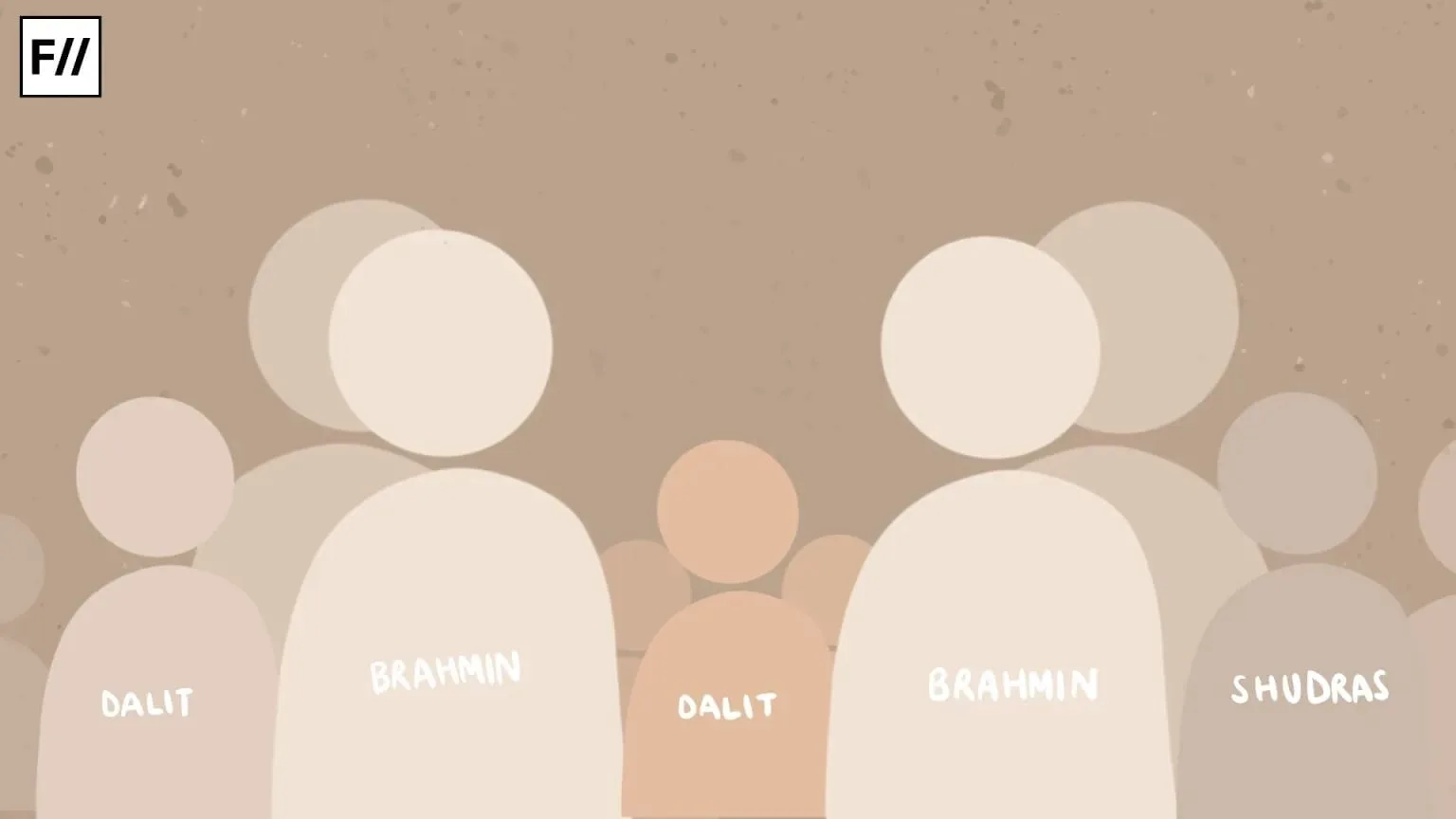
Even beyond the classroom, caste oppression finds continuity in how these stories are treated by the media. Dr. Ritu Singh, who was removed from her position as an assistant professor at Daulat Ram College in 2020, protested for over 200 days against caste-based harassment. Her story was ignored by mainstream media, and eventually, the police were used to suppress her protest. In contrast to upper-caste-centric narratives that dominate news cycles, the experiences of oppressed communities are either invisibilized or discredited.
Media silence on caste oppression
One of the most poignant examples remains the case of Rohith Vemula, a PhD scholar from Hyderabad Central University. An outspoken critic of institutional discrimination, he was suspended from his hostel, his fellowship was revoked, and complaints against him, originating from right-wing student groups, were escalated to the highest levels of government.
On January 17, 2016, Rohith took his own life, leaving behind a note that read: ‘My birth is my fatal accident… Never was a man treated as a mind.’ Instead of addressing the discrimination he faced, the state reduced the conversation to whether he was ‘really’ Dalit.
On January 17, 2016, Rohith took his own life, leaving behind a note that read: ‘My birth is my fatal accident… Never was a man treated as a mind.’ Instead of addressing the discrimination he faced, the state reduced the conversation to whether he was ‘really’ Dalit. The Roopanwal Commission’s attempt to strip him of his identity is emblematic of how the state engages with caste trauma: with denial, distraction, and deflection.
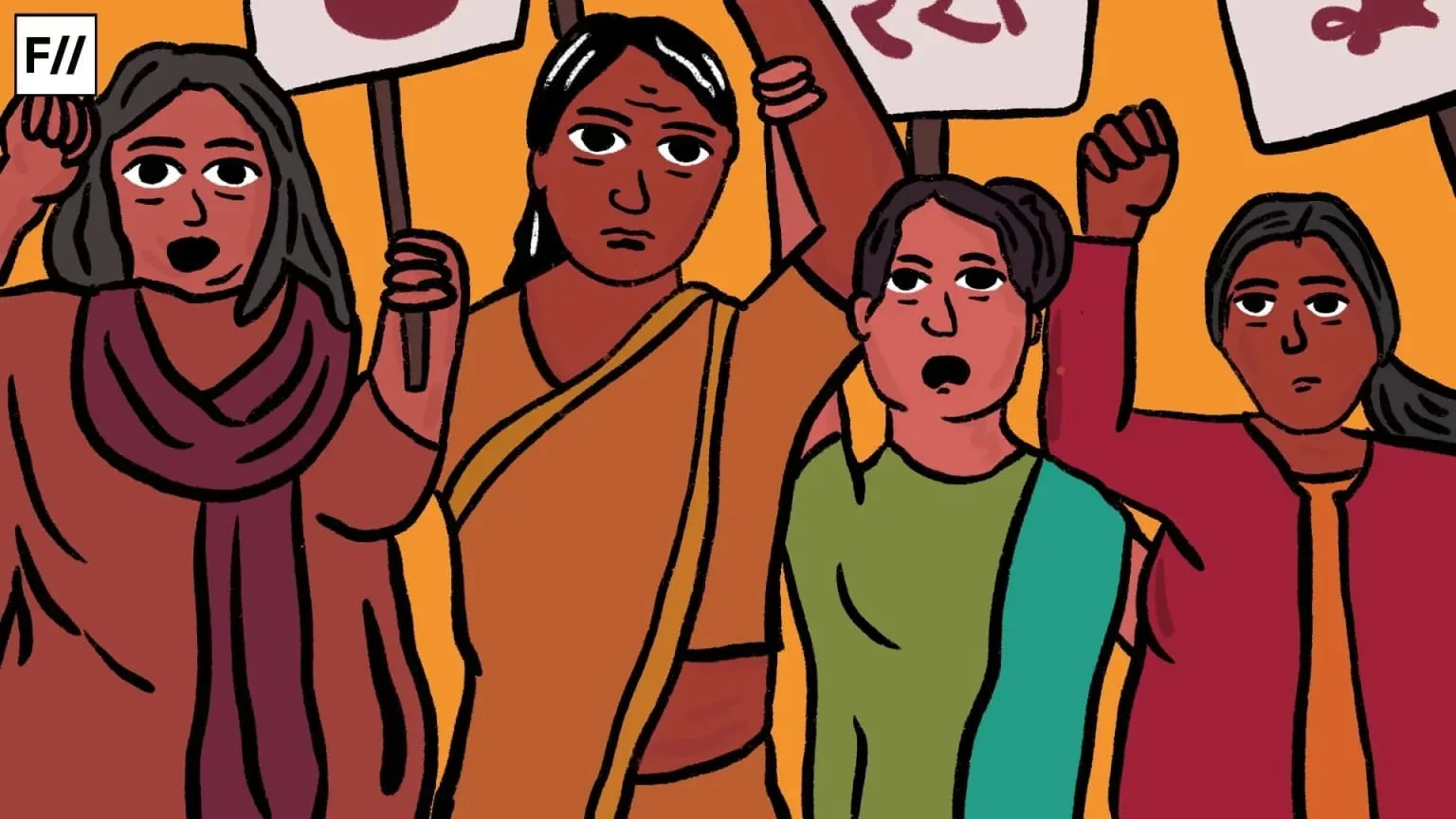
The tragedy did lead to the proposal of the ‘Rohith Vemula Act’ to institutionalise protections for students from marginalised communities. But like many other policies, it remained an unfulfilled promise. Sukhdeo Thorat, the former UGC chairman who led multiple committees to address caste discrimination in education, has repeatedly criticised the government’s failure to act. In his words, ‘The ministry has done nothing. Even the UGC is not interested other than merely issuing guidelines.’
Everyday caste violence: Unfulfilled promises and policy failures
The death of MPhil student J. Muthukrishnan in 2017 at JNU only deepened this crisis. His social media posts read like testimony: ‘There is no equality in viva voce. There is only denial of equality.’ Following his death, narratives emerged attributing it to mental health issues, refusing to confront the role of caste discrimination. But as Professor Hemlata Mahishwar noted, ‘He didn’t have a penny for food a week ago. He asked for a third dosa. He was so hungry.’ Structural inequity wasn’t incidental to his death; it was central.
Caste violence within elite institutions doesn’t always take the form of suicide. It exists in everyday humiliations, in casual remarks questioning one’s “merit” in the absence of mentorship, and in the refusal to share rooms with ‘quota students.’ A former IIT Bombay student, Astha Savyasachi, recalls how a friend told her, ‘Don’t worry, you don’t look like an SC/ST.’ What was meant as reassurance left her hollow. Her academic achievements felt like obligations, burdens she had to bear to prove she deserved her seat.
Arguments against reservation policies often invoke “merit” as a counterpoint, claiming affirmative action dilutes institutional excellence. But this argument overlooks the historical and structural exclusion that the reservation seeks to correct. It presumes a level playing field that does not exist. India is still far from fulfilling Dr. B.R. Ambedkar’s vision of social justice. Caste continues to be reduced to a political tool, wielded during elections and dismissed afterwards. The result: over 19,000 dropouts from India’s premier institutions and countless dreams quietly extinguished.
Institutional murders, like those of Dr. Payal Tadvi, Rohith Vemula, and Muthukrishnan, are not personal tragedies. They are the collective failure of a system that denies dignity to its most vulnerable. In Dr. Tadvi’s final words—‘I cannot find a way out of it’—resides not just sorrow, but a damning indictment of a system that prides itself on merit but cannot ensure humanity.
